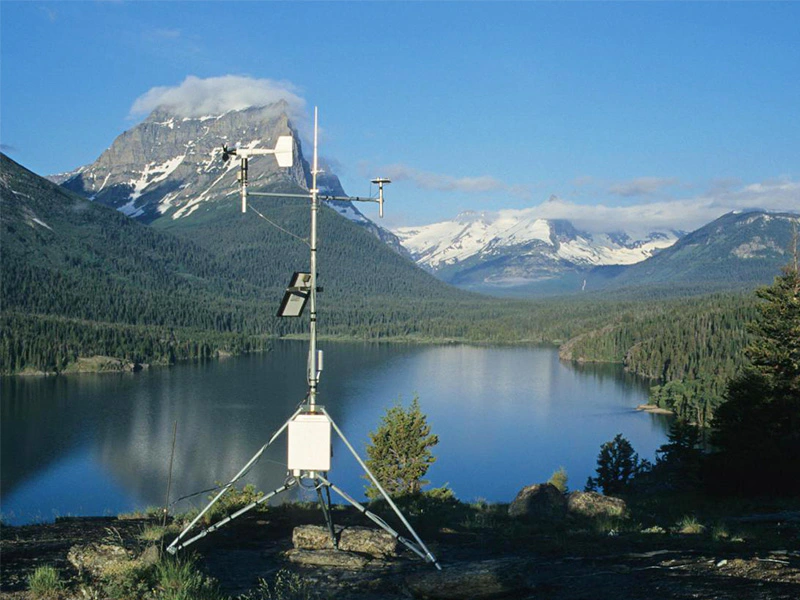
# Meteorological Station: Essential Infrastructure for Weather Monitoring and Forecasting
Introduction to Meteorological Stations
A meteorological station is a facility equipped with instruments and sensors designed to observe and record atmospheric conditions. These stations play a crucial role in weather monitoring, climate research, and forecasting. From simple manual observation posts to sophisticated automated systems, meteorological stations form the backbone of our understanding of weather patterns and climate change.
Key Components of a Meteorological Station
Modern meteorological stations typically include several essential instruments:
- Thermometers for temperature measurement
- Barometers for atmospheric pressure
- Hygrometers for humidity levels
- Anemometers for wind speed and direction
- Rain gauges for precipitation measurement
- Pyranometers for solar radiation
Types of Meteorological Stations
Meteorological stations can be categorized based on their location and purpose:
Surface Weather Stations
These are the most common type, installed at ground level to measure standard weather parameters. They may be manual or automated (AWS – Automatic Weather Stations).
Upper-Air Stations
These use weather balloons (radiosondes) to collect data about atmospheric conditions at higher altitudes, crucial for aviation weather and storm prediction.
Marine Weather Stations
Located on buoys or ships, these specialized stations monitor oceanic weather conditions and sea surface temperatures.
The Importance of Meteorological Data
Data collected from meteorological stations serves multiple critical purposes:
- Weather forecasting and severe weather warnings
- Climate change research and monitoring
- Agricultural planning and irrigation management
- Aviation safety and route planning
- Disaster preparedness and mitigation
- Scientific research across multiple disciplines
Technological Advancements in Meteorological Stations
Recent years have seen significant improvements in meteorological station technology:
- Automation has reduced human error and increased data frequency
- Remote sensing technologies provide more comprehensive data
- Satellite integration allows for global data networks
- Improved durability for operation in extreme conditions
- Enhanced data transmission capabilities for real-time monitoring
Challenges and Future Directions
While meteorological stations provide invaluable data, they face several challenges:
- Maintenance in remote or harsh environments
- Data quality control and standardization
- Funding for network expansion and upgrades
- Integration with emerging technologies like AI and IoT
As we move forward, meteorological stations will continue to evolve, becoming more accurate, reliable, and integrated into global observation systems. Their role in understanding and predicting weather patterns remains indispensable for human safety, economic activities, and environmental protection.
Keyword: meteorological station